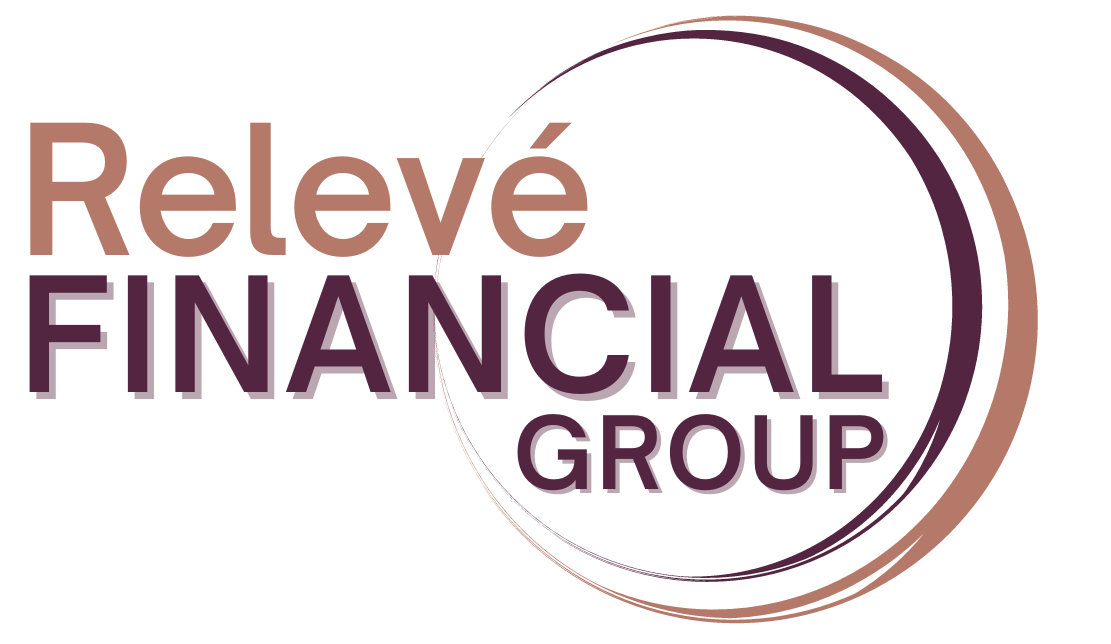When you hear about the Federal Reserve (the “Fed”) raising or lowering interest rates, it might just sound like abstract economic news. However, these moves affect nearly every part of the economy, from mortgage rates to investment returns.
So, what exactly is “the Fed” and how do they impact the economy and consumer’s wallets?
What Is the Federal Reserve?
The Federal Reserve is the independent central bank of the United States. Created in 1913, its primary job is to promote a healthy and stable U.S. economy. The Fed has three main goals, often referred to as its “dual mandate plus one”:
1. Price Stability – Keeping inflation low and stable.
2. Maximum Employment – Encouraging economic conditions that support job growth.
3. Moderate Long-Term Interest Rates – Supporting sustainable economic growth.
While the Fed does many things (like regulating banks and ensuring the payment system runs smoothly), its most powerful tool is monetary policy – particularly through setting interest rates.
How the Fed Controls Monetary Policy
Monetary policy is the Fed’s way of influencing how much money flows through the economy and how expensive it is to borrow. The primary tool used to control these factors is the federal funds rate (the interest rate banks charge each other for short-term loans).
- Rate Hikes (Tightening) – If inflation is running high, the Fed may raise rates. This makes borrowing more expensive, which slows spending and business investment, easing inflationary pressure. However, this also means that consumers will see higher rates on debt which leads to lower average spending at the household level.
- Rate Cuts (Easing) – If the economy is slowing or in recession, the Fed may lower rates. Cheaper borrowing tends to boost spending and investment, helping the economy grow. On the other hand, interest rates on instruments like CDs, money market funds, or high-yield savings accounts will also fall – making these savings vehicles less attractive to investors.
When the Fed sets the target range for the federal funds rate, this decision has wide reaching impacts on the economy. Mortgage rates, car loans, credit cards, business financing, and even stock valuations can be influenced by where the Fed sets rates.
The Decision-Making Process
The Federal Open Market Committee (FOMC), made up of Fed governors and regional bank presidents, meets eight times a year (and more if needed) to review economic data and decide whether to adjust rates. Some key factors they look at include:
- Inflation – Using measures like the Consumer Price Index (CPI) and the Fed’s preferred Personal Consumption Expenditures (PCE) index.
- Employment Data – Job creation, unemployment rates, and wage growth.
- Economic Growth – GDP growth, consumer spending, and business investment trends.
- Global Factors – International economic conditions, currency markets, and geopolitical risks.
The Fed’s decisions are forward-looking. They don’t just react to current conditions, they try to anticipate where the economy will be months or years ahead.
Why It Matters for Investors
For individuals and businesses, the Fed’s rate policy directly impacts borrowing costs and indirectly affects investment performance. For example:
- Bonds – Interest rate increases generally push bond prices down, while rate cuts can boost them.
- Stocks – Higher rates can make borrowing more expensive for companies and reduce future earnings expectations, sometimes leading to market pullbacks. Lower rates can have the opposite effect.
- Real Estate – Mortgage rates tend to move in the same direction as Fed policy, impacting housing affordability and demand.
It’s important to remember that the Fed can’t control everything. Supply chain disruptions, global energy prices, and geopolitical events can all influence inflation and growth in ways monetary policy can’t immediately fix. Additionally, rate changes take time – often many months – to work their way through the economy.
Looking Ahead
The Fed’s interest rate decisions are about creating balance. Moving too slowly in raising rates can allow inflation to persist, while moving too aggressively can slow the economy. The FOMC aims to navigate these trade-offs with the goal of supporting long-term economic stability.
Following a period of aggressive rate increases starting in 2022, the Fed has kept rates steady in recent meetings. While inflation has eased from its 2022 peaks, it remains above the Fed’s long-term target. Some market commentators anticipate potential rate adjustments later this year, but the timing and size of any changes will depend on incoming economic data and evolving global and domestic conditions. Fed Chair Jerome Powell has indicated that the committee will continue to approach decisions cautiously, considering factors such as tariffs and fiscal policy developments.
From a portfolio perspective, we continue to monitor interest rate trends and their potential implications. In general, bond prices and interest rates tend to move in opposite directions, which means rate changes can influence bond valuations. However, actual outcomes will depend on multiple factors, including the speed and magnitude of any rate adjustments, overall economic conditions, and investor sentiment.
If you’d like to review your current allocation or discuss how different rate scenarios could impact your holdings, please reach out and we can schedule time to talk.

Jake Fromm | Chief Investment Officer, CFS® | It is our mission to help you think differently about your wealth so you can LIVE WELLthy™ today and tomorrow.
COMPLIMENTARY FINANCIAL ASSESSMENT | SERVICES | BOOK A CALL
